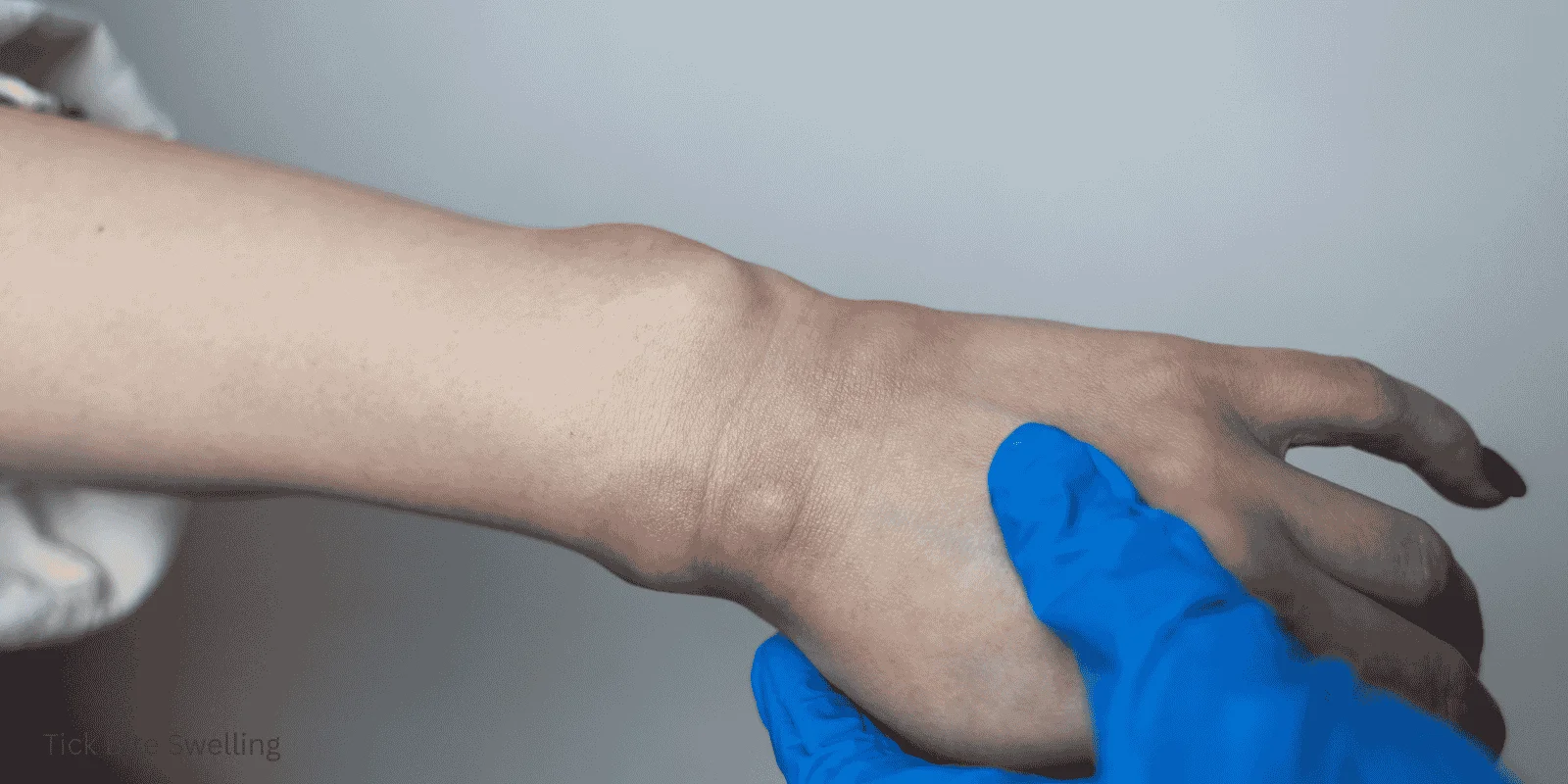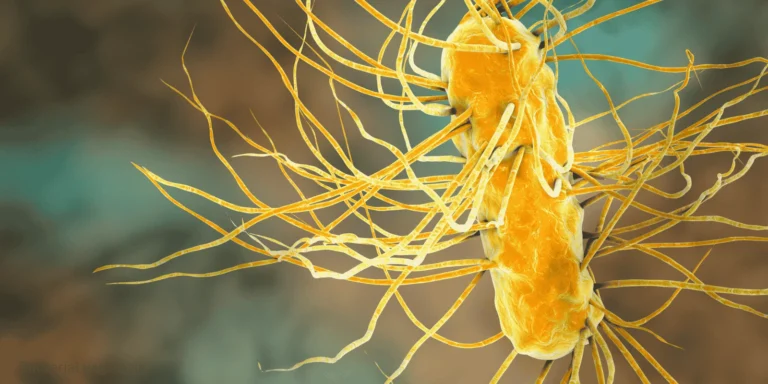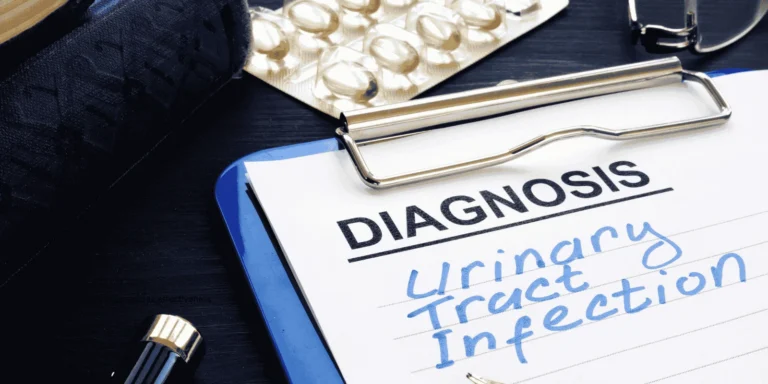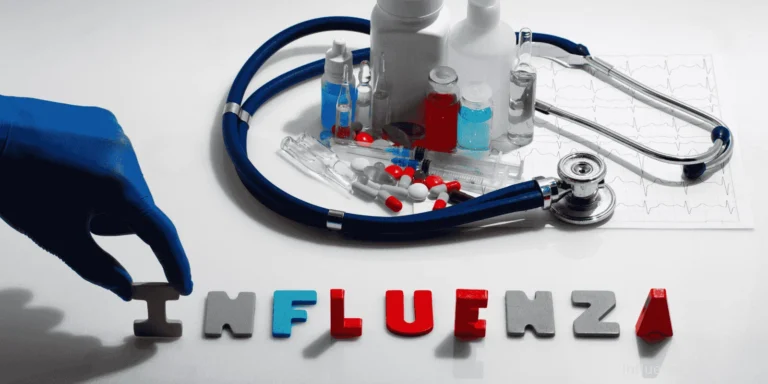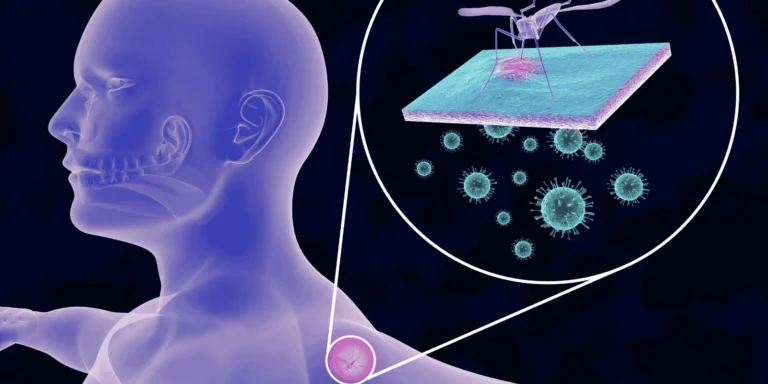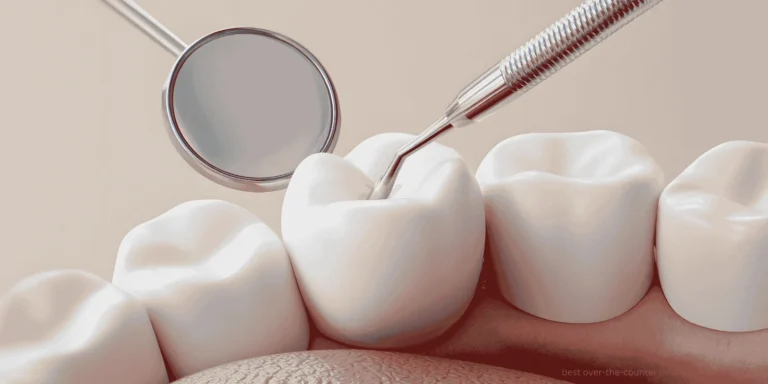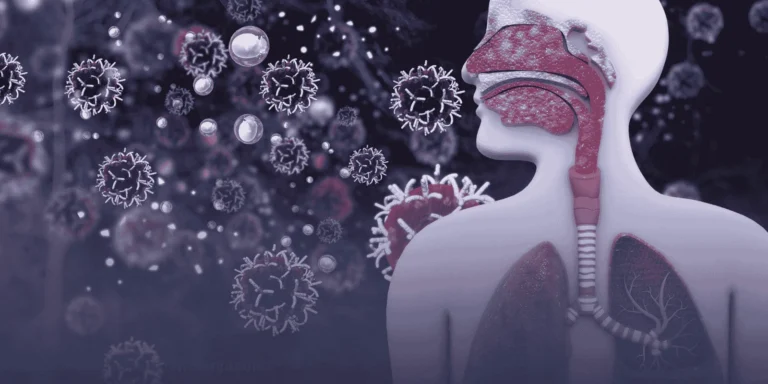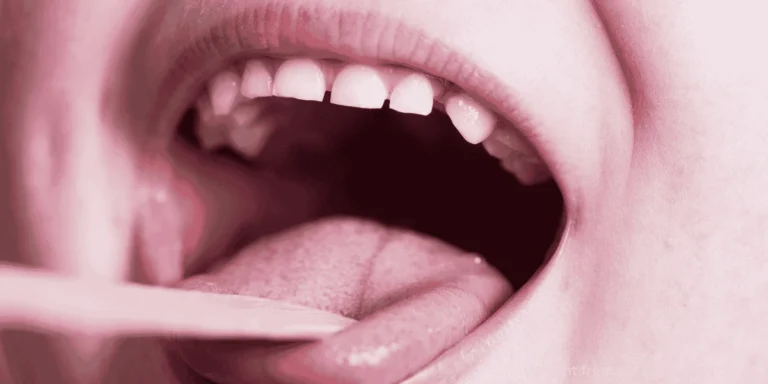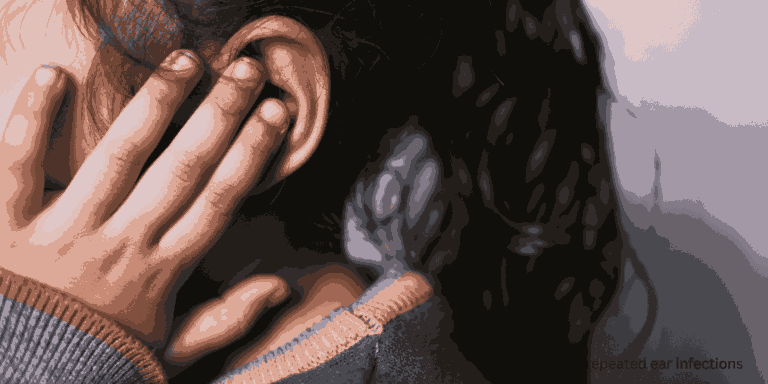“The area around my tick bite is red and swollen,” my patient called to report. “Is this Lyme disease or an allergic reaction?”
Distinguishing normal healing, allergic reactions, and actual infection at tick bite sites prevents unnecessary worry while ensuring appropriate treatment for problems that do require medical attention.
Normal Tick Bite Healing
Small red bump at the bite site lasting a few days is completely normal.
Mild itching as the bite heals is expected and doesn’t indicate infection.
Size stability — normal reactions stay roughly the same size or shrink over time.
Pain minimal — normal bites cause little discomfort beyond minor irritation.
Local Allergic Reactions
Immediate swelling developing within hours of tick removal suggests allergic response.
Large area involvement — allergic reactions can create 2-4 inch diameter swelling zones.
Intense itching that’s more severe than typical insect bite reactions.
Firm, raised appearance similar to hives or welts at the site.
No expansion — allergic reactions reach maximum size within 24-48 hours then gradually improve.
Signs of True Infection
Expanding redness that grows larger each day rather than staying stable or shrinking.
Central clearing creating a “bull’s-eye” pattern suggests Lyme disease rash.
Warmth that’s noticeably different from surrounding skin temperature.
Progressive symptoms including increasing pain, swelling, or systemic illness.
Timing Differences
Allergic reactions develop within hours to 2 days after tick removal.
Lyme disease rash typically appears 3-30 days after the bite, with average onset around 7 days.
Local infection from tick mouthparts usually develops 3-7 days after removal.
Size and Shape Clues
Allergic reactions are usually circular or oval, centered on the bite site.
Lyme disease rash expands outward uniformly, often reaching 2+ inches diameter.
Bacterial infection creates irregular, spreading redness without distinct borders.
Normal healing stays small (under 1 inch) and doesn’t expand.
Associated Symptoms
Allergic reactions may cause itching but typically no fever or systemic symptoms.
Lyme disease can include flu-like symptoms, multiple rash lesions, or joint aches.
Bacterial infection often produces warmth, tenderness, and possible fever.
Normal healing causes minimal symptoms beyond mild itching or irritation.
When Both Occur
Initial allergic reaction can mask early Lyme disease development.
Sequential problems — allergic swelling resolves, then Lyme rash appears days later.
Layered presentation complicates assessment and may require medical evaluation.
Measuring and Monitoring
Draw around redness with a pen to track whether it’s expanding or shrinking.
Photo documentation helps compare appearance over several days.
Daily measurements provide objective data about progression or resolution.
Track symptoms beyond just appearance — pain, warmth, systemic feelings.
Treatment Implications
Allergic reactions respond to antihistamines and don’t require antibiotics.
Lyme disease needs antibiotic treatment to prevent complications.
Local bacterial infection may require antibiotics for severe or spreading cases.
Normal healing needs only basic wound care without medications.
Risk Assessment
Geographic location affects interpretation — reactions in high Lyme areas warrant closer monitoring.
Tick species matters — only certain ticks carry Lyme disease.
Attachment duration influences Lyme risk — longer attachment increases transmission likelihood.
Multiple factors together help distinguish reactions from infections.
When Medical Evaluation Helps
Uncertainty about diagnosis when appearance doesn’t clearly fit any category.
High-risk situations like confirmed deer tick bites in endemic areas.
Expanding redness regardless of suspected cause.
Systemic symptoms accompanying local skin changes.
Management Strategies
Allergic reactions — antihistamines, cold compresses, avoid scratching.
Suspected Lyme — prompt medical evaluation for potential antibiotic treatment.
Normal healing — basic hygiene, avoid irritation, monitor for changes.
Bacterial infection — antibiotics if spreading, warm, or accompanied by fever.
Documentation Best Practices
Save the tick if possible for identification if needed.
Note removal date to track symptom timeline.
Record location of bite and any travel history.
Track symptom progression systematically rather than relying on memory.
Prevention of Complications
Early recognition of Lyme disease allows treatment before complications develop.
Appropriate response to allergic reactions prevents unnecessary antibiotic exposure.
Avoiding overtreatment of normal healing preserves antibiotic effectiveness.
The key is systematic observation over several days. Expanding redness requires medical attention regardless of suspected cause, while stable or shrinking reactions usually indicate normal healing or allergic responses rather than infection.

